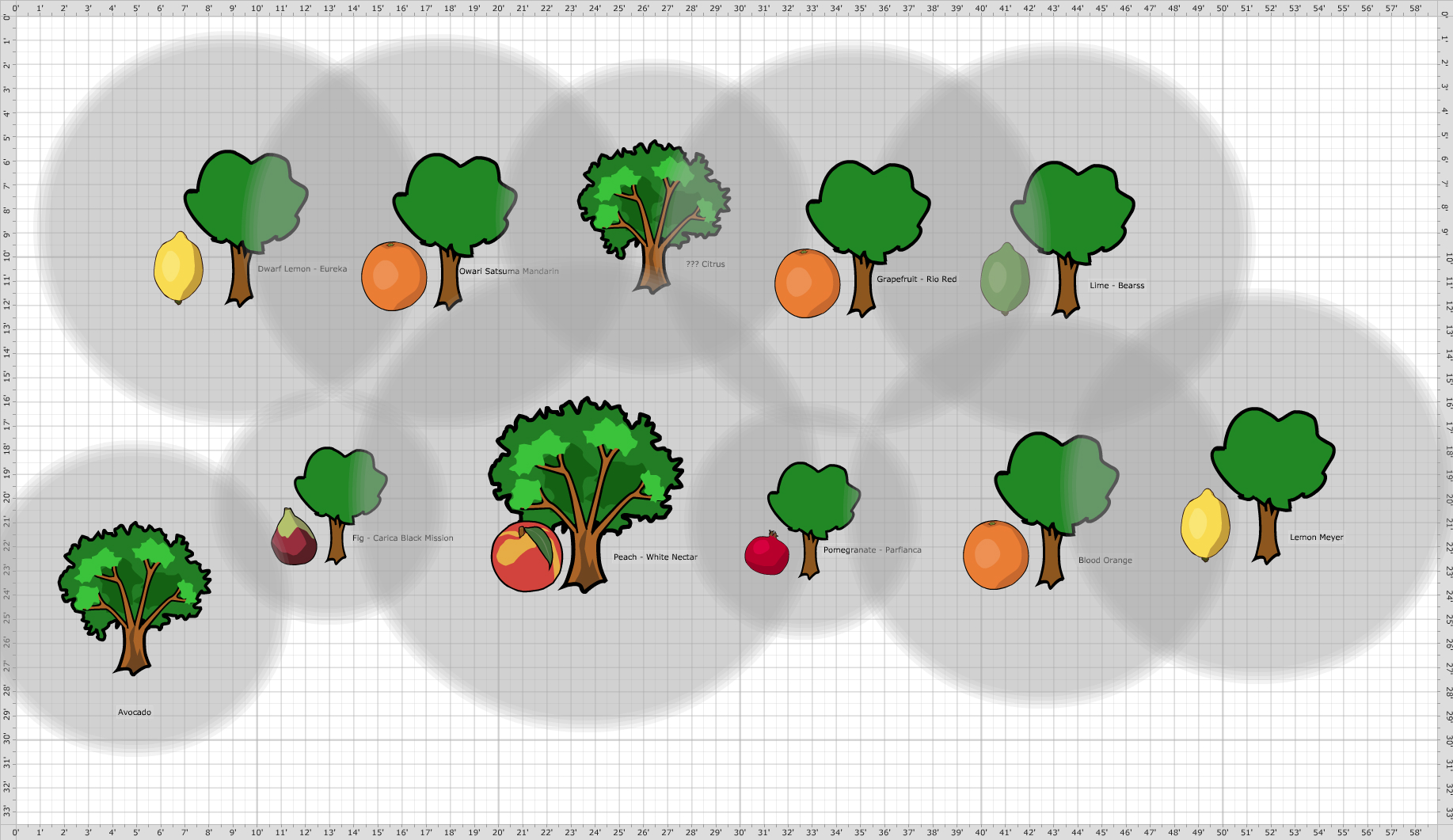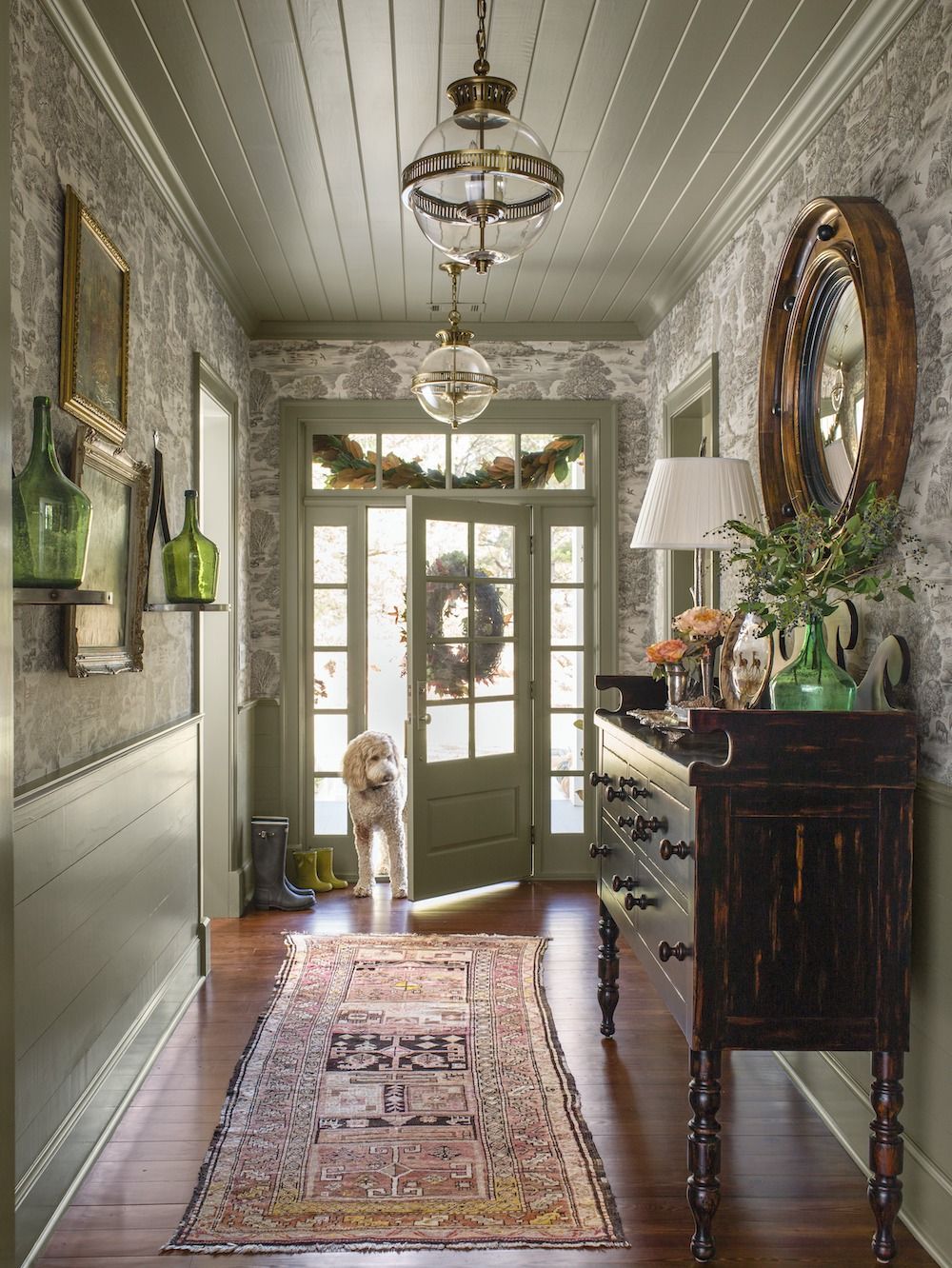Table Of Content

Or late winter/early spring if transplanting 3- to 4-year-old potted saplings. Simply put, there are four steps to establishing a permaculture orchard – 1. But there is much more to it if you want to adopt the permaculture orchard model and adapt it to your situation. Although there were 4000 apple trees in the orchard already, in the first two years of owning the farm, he sadly lost 1000 of them.
Save time & money as you build your homestead with my FREE library of ebooks & resources!
The permaculture garden, often seen on allotments and organic farms, and the multipurpose orchard. Having grass or bare soil under the trees is a classic feature which allows easy maintenance. This creates space for pruning, treating for insects, and fruit collection. In temperate, non-tropical regions, garden orchards were traditionally placed near bodies of water to try and limit exposure to frost. Fruit trees were laid out in a rectangular grid-like formation adapted from the designs used in medieval monasteries.
20 Best Stardew Valley Farm Layouts For Function and Form 20 Best Stardew Valley Farm Layouts For Function and ... - Fantasy Topics
20 Best Stardew Valley Farm Layouts For Function and Form 20 Best Stardew Valley Farm Layouts For Function and ....
Posted: Thu, 28 Sep 2023 07:00:00 GMT [source]
Get gardening tips, gardening tool reviews, planting guide at ThumbGarden.com!
The arrangement of the trees will largely be determined by the shape and features of the site, and will vary from site to site. Traditionally, orchards are planted in a grid formation, in rows of trees from North to South to maximise how much sun reaches each tree. Some open, sunny urban sites with good soil will allow for this (if indeed you desire this rather rigid, man-imposed order! Some prefer curves…). Others will be clusters of trees here and there where suitable ground allows (this is more typical of estates that have myriad pieces of grassy land scattered around). Ideally there should be at least 2ft of soil before you hit any solid substrate like rock, concrete foundations etc. Trees planted in shallow soils may need staking permanently to stop them falling over in the wind, as will many dwarf rootstocks.
How Much Fruit Can a Home Orchard Produce?
If not, you can contact your local extension agency for resource recommendations for the trees in your region. No two people prune the exact same way, and it’s okay just to jump in. Make sure your tree planting site has irrigation access so that you can nurture your trees through any dry spells. A time-tested way to assess your drainage is the “hole test.” Dig a one-foot hole at your planting site and fill it with water.
The goal of advance planning and site preparation is to ensure early and regular crops of high value fruit for the 15 to 30 year life of an orchard. Preplant use of sustainable management practices guarantees that a site will support the current orchard and generations to come. Plan to plant out bare root trees as soon as possible after getting them. If you need to wait a few days, keep the roots wrapped and moist or consider “heeling in” the roots by covering them with a few inches of damp soil or sawdust first. About 2-3 weeks before sowing seedlings, fill some potting soil cones into the holes.
Become a supporter
On the page of the garden diary, please write down the names and brief descriptions of the fruit and berry crops and indicate their location in the plot area under the numbers in the diagram. This naturalistic space showcases over 100 homegrown brands, ranging from skincare to furniture and fashion. Some of Singapore's retail brands have set up shop here, including lifestyle brand Photo Phactory, fashion retailer Reckless Erika and fine jewellery brand Foundation Jewellers. When pruning, avoid leaving stubs or pruning cuts that are made flush with the point of branch attachment. The branch collar appears as a swelling at the base of the branch where attached. Branch collars are rings of wood with living cells which protect the pruning cut and generate new tissue that covers the wound in time.
Some fruit trees thrive in well-draining sandy soils, while others prefer loamy or clay soils. Amazingly, no fertilizer has been used on Stefan’s orchard since 2007, and the fruit trees keep giving as much yield as conventionally grown trees. In Stefan’s case, N- fixers are Honey Locusts, and they also act as trellising for vines, kiwi, and grapes. The primary goal is to increase diversity while providing a diversity of crops and to reduce or eliminate the use of fertilizers and pest and disease control products.

Thinning cuts should be made at the edge of the branch, leaving the collar intact. The amount of pruning, of course, will depend on the condition of the tree. Keep in mind that it took several years for neglected trees to develop; it is often easier to take two or three years to rejuvenate them than to attempt it all in one year. They often appear as a network of crowded, twisted and overlapping branches. There may be several large, tall primary branches arising at narrow angles, close to each other. Low side branches may be sparse, absent or “deer pruned” to head height.
How To Prune Plants In Autumn
As with many models I have described before, Miracle Farm is located relatively close to the target market, in this case, close to the million-and-a-half people living in Montreal. I wrote about Stefan previously, but his model deserves an in-depth explanation. His orchard took 22 years to establish, and to be honest, it wasn’t always rosy for Stefan.
If you live in a northern region, spring planting is best so that the trees aren’t forced to go into dormancy right away. You’ll get the best fruit by planting your fruit trees in the sunniest places of your yard unless you live in a climate where temperatures are regularly above 110 degrees in the summer. Speaking with local fruit growers, your closest university’s extension office, and nearby nurseries will give you a sense of what your region can support.

Otherwise, you risk the tree transforming into its root variety, which can lead to a completely different type of fruit. Position the tree in the hole, ensuring that it is straight and has its roots spread out. Return the dug-out soil to the hole, tamping it around the base, and carefully watering the tree in place to ensure it is settled.
The garden can be in front, to the side, or behind the house, but the trees and shrubs should be positioned in a north-south direction for better light and with three areas. These can be arranged one in front of the other or divided into three separate areas located at different ends of the entire dacha area. If you’ve always wanted to gain insight into the craftsmanship and creativity that exemplifies design, stop by the second floor. Managed by the Singapore Fashion Council, The Cocoon Space is home to co-working facilities and creative spaces for some of Singapore’s brightest talents. Besides design labels, Design Orchard also offers a plethora of lifestyle services and food options. Visitors looking to shop for souvenirs can purchase fragrances from The Lab Fragrances or peruse a range of handcrafted scented candles and diffusers from Temple Candles.
We also advise you to take into account the trees’ resistance to disease, so that you can keep pesticide treatments to a minimum. If you’re planting apple trees, for example, make sure they are spaced at least 10 feet apart to give them ample room for growth. Plant them in early spring, when the ground has thawed and the soil is still moist. Dig a hole that is twice as wide as the root ball, and deep enough to accommodate the tree's roots.
This is because a secondary (potential) reason to have the orchard is to perhaps sell at the local farmer’s market after a handful of years. We try to always have gardens and animals here at our farm pull double duty in some way. For example, some peach varieties do better in warmer climates, while others are better suited for colder regions. Once you have a good idea of which trees will thrive in your area, you'll be able to make more informed decisions about which trees to plant. Apple trees, for example, are self-sterile, meaning they need pollen from another apple tree to produce fruit.











